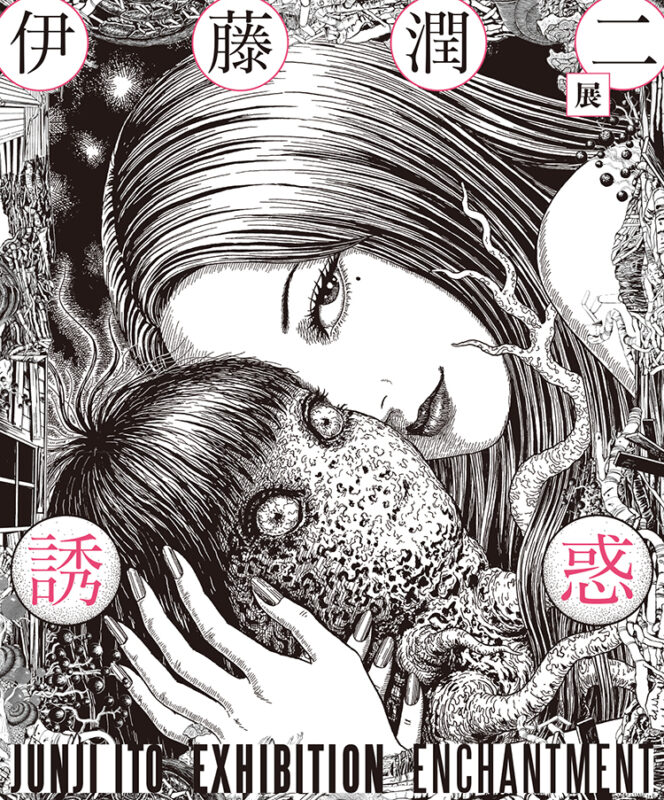CONTENTS
We’ve recently been to Aizu Wakamatsu in Fukushima and we found this castle located in the heart of the Wakamatsu area.
Let us introduce you to this beautiful castle that we’ve found.
Tsurugajo 【鶴ヶ城:つるがじょう】 Castle
Located in the heart of Aizu Wakamatsu area of Fukushima
This castle is currently known in two different names. One which is Wakamatsu Castle.
Originally built in 1384 as a house for the Ashina clan was later turned into a castle called the Kurokawa castle by the mid-15th century.
The current building that exists was built a few years after the world war two, as the previous castle was demolished by the government that was newly formed back in those days in 1874.
In front of the entrance to the castle was this unique character called the Oshirobo-Kun.
This is the character of the Aizu Wakamatsu city created to promote the city.
You can actually entre the castle as the interior of it has been restored in 1965 to a museum.
The admission fee is 520 yen, which includes a ticket to entre the Chashitsu, literally translated to the "tea room", an architectural structure built to hold Japanese tea ceremonies.
Just to let you know, photos aren't allowed inside the building except at the top of the castle where you can see the great view of the garden that surrounds the castle along with the Aizu Wakamatsu city.
You can also see the interesting structure of the castle from a different angle.
The Chashitsu tea room Rinkaku【麟閣:りんかく】
Once you exit the castle, you can make your way to the tea room.
Look for this signboard. This is where the entrance to the tea room is.
After you enjoyed a short walk along the tea room, you can enjoy a bowl of Matcha green tea, there's an option of iced or hot, with a Japanese confectionery made of Japanese mountain yam and red bean paste.
We had the iced matcha, which was surprisingly refreshing.
If you visit the castle at night you will see it lit up with projection mappings.
Being autumn at the moment, it seems like the themed is the foliage of Japanese maple leaves.
Looking at other peoples' posts, it looks like it would be a great time to visit the castle during the cherry blossom seasons, autumn foliage season or even in the snowy season.
Well, that’s it for this time.
If you wish to know more about the castle, visit their official website here.
I hope you enjoy our daily posts at JAPANKURU.
Don't forget to follow our Facebook and Instagram for more photos and stories about Japan.
Details
NAME:Tsurugajo
MAP
ACCESS:Nishi Wakamatsu Station
Hi, I'm Jpn/Aus, currently living in Taito City, Japan. That's near Asakusa & Ueno. A local expert. Enjoying the diversity. I like culture, food... pretty much everything old or new. Find me on Instagram or Facebook and share your opinion!
COMMENT
FEATURED MEDIA
VIEW MORE
A Tokyo Winter Must-See: Tokyo Mega Illumination Event Period: November 2, 2024 ~ January 12, 2025 *Closed Nov 4~8, Dec 1~6, Dec 25~ Jan 1. End date may be subject to change. Hours: 16:30 – 21:00 (final admission 20:00) *Opening hours may vary depending on scheduled events or congestion, please check the official website for details. Directions: 2 min. walk from Tokyo Monorail Oikeibajo-Mae Station, 12 min. walk from Keikyu Tachiaigawa Station #japankuru #tokyowinter #tokyomegaillumination #megaillumination2024 #tokyocitykeiba #도쿄메가일루미네이션 #tokyotrip #oiracecourseillumination

Tokyo Shopping Spot Recommendation: New Balance Kichijoji #newbalance #newbalancekichijoji #newbalancejapan #japanesesneakerheads #shoppinginjapan #japantrip #도쿄여행 #도쿄쇼핑 #뉴발란스 #일본한정 #일본패션 #日本購物 #日本買衣服 #NB #日本時尚 #東京購物 #รองเท้าnewbalance #นิวบาลานซ์ #รองเท้าผ้าใบ #ช้อปปิ้ง #คิจิโจจิ #japankuru

See Kyoto Clearly With Your New Glasses #japankuru #kyoto #jins #교토여행 #진즈 #京都 #교토수족관 #가모가와 #kamogawa #kyotoaquarium

The First Japanese Converse Flagship: CONVERSE STORE HARAJUKU #japankkuru #conversejp_pr #conversejapan #harajuku #tokyotrip #converse #tokyoshopping #匡威 #帆布鞋 #東京購物 #原宿 #日本時尚 #일본쇼핑 #일본컨버스 #일본한정 #하라주쿠 #일본패션 #일본스트릿 #รองเท้าconverse #รองเท้าผ้าใบ #ช้อปปิ้ง #ฮาราจูกุ #คอนเวิร์ส

Japanese Makeup Shopping • A Trip to Kamakura & Enoshima With Canmake’s Cool-Toned Summer Makeup #pr #canmake #enoshima #enoden #에노시마 #캔메이크 #japanesemakeup #japanesecosmetics

⚔️The Robot Restaurant is gone, but the Samurai Restaurant is here to take its place. Check it out, and don't forget your coupon! 🍣신주쿠의 명소 로봇 레스토랑이 사무라이 레스토랑으로 부활! 절찬 쿠폰 발급중 💃18歲以上才能入場的歌舞秀,和你想的不一樣!拿好優惠券去看看~ #tokyo #shinjuku #samurairestaurant #robotrestaurant #tokyotrip #도쿄여행 #신주쿠 #사무라이레스토랑 #이색체험 #할인이벤트 #歌舞伎町 #東京景點 #武士餐廳 #日本表演 #日本文化體驗 #japankuru #japantrip #japantravel #japanlovers #japan_of_insta

Japanese appliance & electronics shopping with our KOJIMA x BicCamera coupon! 用JAPANKURU的KOJIMA x BicCamera優惠券買這些正好❤️ 코지마 x 빅 카메라 쿠폰으로 일본 가전 제품 쇼핑하기 #pr #japankuru #japanshopping #kojima #biccamera #japaneseskincare #yaman #dji #osmopocket3 #skincaredevice #日本購物 #美容儀 #相機 #雅萌 #日本家電 #일본여행 #면세 #여행꿀팁 #일본쇼핑리스트 #쿠폰 #일본쇼핑 #일본브랜드 #할인 #코지마 #빅카메라 #japankurucoupon

Odaiba's DiverCity Tokyo Plaza is home to the famous real-size 20m-tall Unicorn Gundam, and the popular shopping center has even more Gundam on the inside! Check out the Gundam Base Tokyo on the 7th floor for shelves upon shelves of Gunpla, and the Gundam Base Tokyo Annex on the 2nd floor for cool anime merchandise. Both shops have tons of limited-edition items! #pr #odaiba #tokyo #tokyotrip #japantrip #japantravel #PR #divercity #divercitytokyoplaza #tokyoshopping #gundam #unicorngundam #gundambasetokyo #anime #otaku #gunpla #japankuru #오다이바 #다이바시티도쿄 #오다이바건담 #건담 #일본건담 #건프라 #건담베이스도쿄



































































